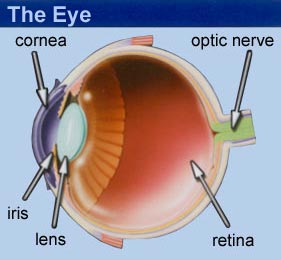These past two months of research have flown by much faster than I expected, and that is probably because it feels like my research is just beginning. Although I am not sure yet whether I want to do research as a career, I do know that I want to continue throughout my undergraduate years.
Through the Howard Hughes Research Fellowship I have learned so much about science, academia, possible careers, and how my own personality fits into all of the above. For example, I’ve realized that my detail-oriented, “perfectionist” nature fits well with research, but that at the same time I can become easily stressed out when I feel like I’ve messed something up. However, I’ve learned that messing up is a huge part of science, and that everyone does it. Whether it was not putting enough media into my cell culture dish or not proofreading my final poster thoroughly enough, I’m walking away from these 2 months with plenty of lessons to take with me. Aside from these lessons, I have garnered so many valuable tools that will stay with me well beyond this summer. I now have research experience and a personal relationship with my PI and secondary mentor, both of whom I feel extremely blessed to have been paired with for this program.
Looking to the future, I am excited to spend the next semester (and hopefully many more) working in the Ferreira lab, continuing with related projects and learning more about what it means to do research. The project I have spent so much time on these past 2 months has genuinely piqued my interest, and I can’t wait for more!



